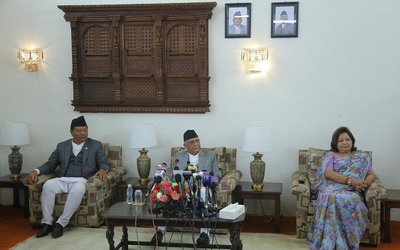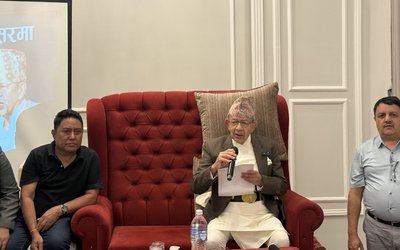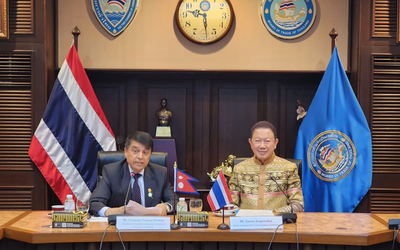
China says it has successfully landed a robotic spacecraft on the far side of the Moon, the first ever such attempt and landing.
At 10:26 Beijing time (02:26 GMT), the unmanned Chang'e-4 probe touched down in the South Pole-Aitken Basin, state media said.
It is carrying instruments to analyse the unexplored region's geology, as well to conduct biological experiments.
The landing is being seen as a major milestone in space exploration.
There have been numerous missions to the Moon in recent years, but the vast majority have been to orbit, fly by or impact. The last manned landing was Apollo 17 in 1972.
he Chang'e-4 probe has already sent back first the pictures from the surface, which were shared by state media.
With no direct communication link possible, all pictures and data have to be bounced off a separate satellite before being relayed to Earth.

Why is this Moon landing so significant?
Previous Moon missions have landed on the Earth-facing side, but this is the first time any craft has landed on the unexplored and rugged far side.
The Chang'e-4 was launched from Xichang Satellite Launch Centre in China on 7 December; it arrived in lunar orbit on 12 December.
The Chang'e-4 probe is aiming to explore a place called the Von Kármán crater, located within the much larger South Pole-Aitken (SPA) Basin - thought to have been formed by a giant impact early in the Moon's history.

"This huge structure is over 2,500km (1,550 miles) in diameter and 13km deep, one of the largest impact craters in the Solar System and the largest, deepest and oldest basin on the Moon," Andrew Coates, professor of physics at UCL's Mullard Space Science Laboratory in Surrey, told the BBC.
The event responsible for carving out the SPA basin is thought to have been so powerful, it punched through the Moon's crust and down into the zone called the mantle. Researchers will want to train the instruments on any mantle rocks exposed by the calamity.
The science team also hopes to study parts of the sheet of melted rock that would have filled the newly formed South Pole-Aitken Basin, allowing them to identify variations in its composition.
A third objective is to study the far side regolith, the broken up rocks and dust that make up the surface, which will help us understand the formation of the Moon.
What else might we learn from this mission?
Chang'e-4's static lander is carrying two cameras; a German-built radiation experiment called LND; and a spectrometer that will perform low-frequency radio astronomy observations.
Scientists believe the far side could be an excellent place to perform radio astronomy, because it is shielded from the radio noise of Earth. The spectrometer work will aim to test this idea.

The lander carries a 3kg (6.6lb) container with potato and arabidopsis plant seeds - as well as silkworm eggs - to perform biological studies. The "lunar mini biosphere" experiment was designed by 28 Chinese universities.
Other equipment/experiments include:
- A panoramic camera
- A radar to probe beneath the lunar surface
- An imaging spectrometer to identify minerals
- An experiment to examine the interaction of the solar wind (a stream of energised particles from the Sun) with the lunar surface
The mission is part of a larger Chinese programme of lunar exploration. The first and second Chang'e missions were designed to gather data from orbit, while the third and fourth were built for surface operations.
Chang'e-5 and 6 are sample return missions, delivering lunar rock and soil to laboratories on Earth.
Courtesy: BBC
- India Supported Construction Of Four Schools In Nuwakot
- Mar 19, 2021
- Nepal Denies Permission For Third Phase Trial Of Vaccine Against COVID-19
- Aug 31, 2020
- Messi Can Only Cancel Barcelona Contract If €700 Million Release Clause Is Paid, La Liga Confirms
- Aug 31, 2020
- India To Carry Out Study On Kathmandu-Raksaul Railway
- Aug 28, 2020
- COVID-19: 1,351 Personal Of Nepal Police Infected
- Aug 28, 2020















